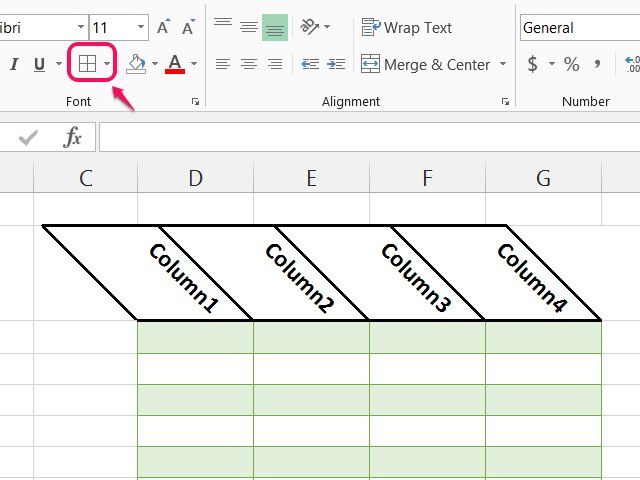

Procedures: Functions, Subs, and Properties.This chapter describes the set of LotusScript® operators, how they may be combined with operands to form expressions, and how those expressions are evaluated. This chapter provides information about LotusScript® constants and variables and the data types of the values that they can represent. This chapter describes the rules for writing the basic elements of a script in the LotusScript® language. Script and Statement Construction Rules.This chapter introduces LotusScript® and describes, in general terms, how to use the script editor to write and modify scripts, how to compile scripts, and how to use the debugger to locate problems in the logic of your applications. Welcome to the LotusScript® Language section of Domino® Designer Help. This section documents the formula language. This section contains general guidelines and examples that show where to use Java, LotusScript, and the formula language. Programming Overview and User Interface.The ability to create and edit composite applications lets you easily integrate different types of components and technologies.ĭomino® Designer includes two types of design elements to assist you in managing data contained in DB2® enabled Notes® databases: Composite Applications - Design and ManagementĬomposite applications are a key element in a service-oriented architecture (SOA) and contextual collaboration strategy.

It leverages existing design elements without the need to write detailed code to access them. Welcome to the Application Management section of Domino® Designer Help.ĭomino Query Language (DQL) is a facility running in Domino core allowing for a terse shorthand syntax for finding documents according to a wide variety of complexity of terms. Welcome to the Application Design section of Domino® Designer Help.


 0 kommentar(er)
0 kommentar(er)
